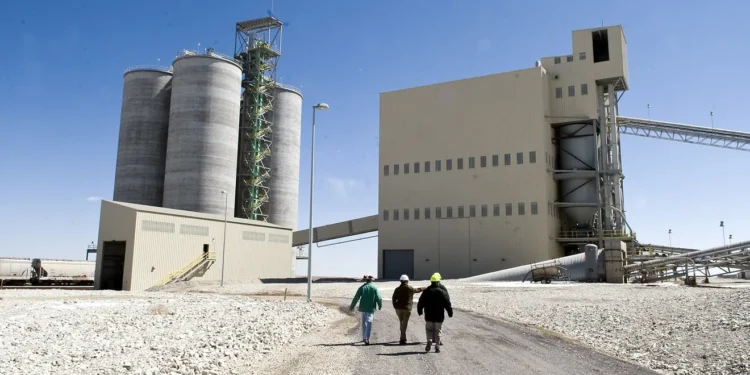The GCC cement market is on a strong upward trajectory, fueled by urbanization, economic expansion, and rising infrastructure demands. Saudi Arabia remains the dominant player, accounting for 45-50% of the region’s cement consumption, thanks to large-scale projects like Neom City and the Red Sea Project, as well as its high population and Vision 2030 initiatives.
Valued at $6.49 billion in 2020, the GCC cement market is expected to grow to $8.57 billion by 2025. With a projected compound annual growth rate (CAGR) of 5.7% from 2025 to 2035, the market is set to reach $14.91 billion by 2035.
The industry’s growth is largely driven by infrastructure investments, particularly in preparation for global events like World Expos and major sporting tournaments. The real estate sector, propelled by population growth and urbanization, also plays a significant role in sustaining demand.
However, as the market matures, sustainability and innovation are becoming key priorities. Cement producers are increasingly adopting environmentally friendly practices, aiming to reduce carbon emissions and integrate green technologies. The use of alternative raw materials, energy-efficient production methods, and waste recycling is expected to reshape the industry.
Looking ahead, greater regional integration among GCC nations could lead to a more consolidated market, improving economies of scale and competitiveness. As the industry navigates economic and environmental challenges, it is gearing up for a more sustainable and technologically advanced future.
Key Market Projections
- 2025 Market Size: $8.57 billion
- 2035 Growth Projection: $14.91 billion, driven by sustained infrastructure and construction demand























































